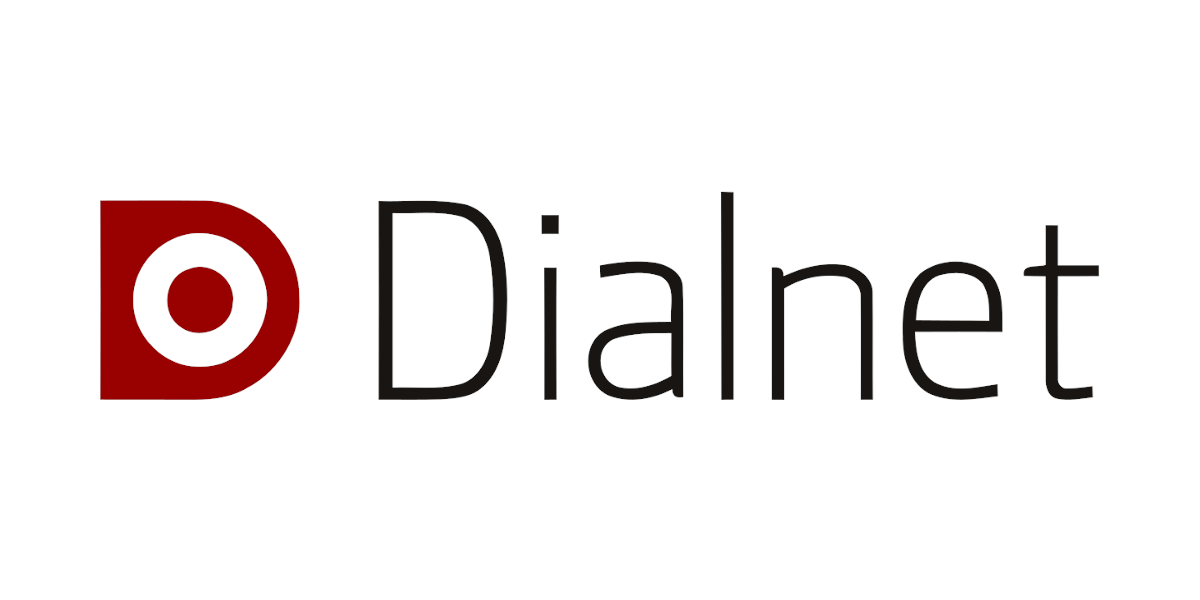El derecho al desarrollo en la encrucijada
¿“Mal desarrollo” o “Un mundo donde quepan muchos mundos”?
Abstract
The article engages with the discussions around the right to development, with a special focus on the ongoing process of drafting a legally-binding instrument on the right to development that are currently centered within the United Nations framework in the Inter-Governmental Working Group on the Right to Development. The paper explains the reasons why the human rights framework of the right to development must account for and promote existing protections and rights for Indigenous and Afro-descendant women and their communities. The first section highlights the relevant role indigenous women’s movements have in the advancement of human rights law and the importance of an intersectional approach on the right to development. The second section develops the international human rights legal framework that cannot be disregarded from a legally binding instrument on the right to development. The third section applies the right to development in line with Indigenous and Afro-descendant women and Peoples through the notion of “Proyectos del Buen Vivir” of the Latin American region and in more detail through an example based in Colombia. The fourth and last section, as a mode of conclusion, provides recommendations for the furtherance of Indigenous and Afro-descendant women collective and individual rights in a development context.





.png)
.png)

_(1)_.png)

_(2).png)

